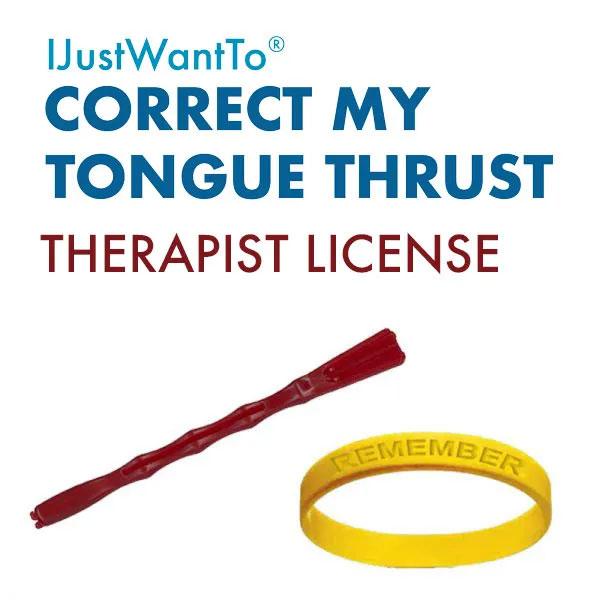When Your Child Should Visit the Dentist
When your child is first born, their sweet smiles don’t include many teeth. However, pretty soon, there will be one little tooth, then another, then another. As your child’s teeth come in, you’ll need to start planning their first dental visit.
Your Child’s First Dental Visit
According to the American Academy of Pediatric Dentistry, a child’s first dental visit should be at least by the time they reach their first birthday:
“Early dental visits for infants and their families offer an opportunity to educate and inform parents about their children’s oral health.”
Some might even say that as soon as the first tooth emerges, it’s time for a dental visit. But why so early?
There are several reasons your child should see the dentist sooner than later. Parental concerns about their child's oral health can be addressed during this dental visit in a variety of ways:
- Advice for how to help manage oral habits like thumb- and finger-sucking
- Ideas for how to handle teething discomfort
- The opportunity to assess first teeth and address any potential signs of issues moving forward
- Passing on knowledge about the relationship between nutrition and dental health
- Assessing the development of gums and jawline
- Discussing the process by which a parent should use to help care of a baby or toddler's teeth
It is important not to buy into the myth that baby teeth do not need to be cared for because they will fall out anyway. This is the time to develop a good foundation of dental health for the future.
Visiting the dentist early can help take some of the fear and anxiety away when they get older. They’ll already be used to the process, and may even enjoy it!
Your Child’s Toddler Dental Visit
Your child's dentist will advise you on when they should go back for their next appointment. By the age of four, poor oral habits, including thumb and finger sucking and chewing, are emerging and should be addressed. Dentists can reinforce techniques to aid a child in swiftly and successfully kicking these poor behaviors.
This is the age at which children can start to see visiting the dentist as a normal part of life. It doesn’t have to be scary! They can feed off of the sense of reward when the dentist compliments them on how well they’ve been brushing and flossing, and how successfully they are able to overcome bad habits.
Your Child’s Elementary-Aged Dental Visit
By first or second grade, your child’s molars will start to come in and can cause issues like an overbite. They will probably need to begin planning a visit to the orthodontist. There may even be discussions about braces and speech therapy at this point, especially if thumb-sucking and other habits have proven to be difficult to kick.
Speech and Dental Issues
As your child ages, you and your dentist may start to notice signs of tongue thrust. Humans swallow between 2,000 and 4,000 times each day.
Your tongue should press against the roof of your mouth, directly behind your upper teeth, as you swallow. If when you swallow, your tongue pushes against the back of your teeth or protrudes between your teeth, this is known as “tongue thrust.”
If your child has an overbite or a lisp, it could be indicative of tongue thrust. Who can fix it? Is it the dentist or the speech therapist?
Dental issues might actually be caused by tongue thrust in some cases. That means treating both at the same time might be preferable:
It’s OK if your child is already wearing braces when you begin tongue thrust treatment. The most crucial thing is that the child completes tongue thrust treatment and begins swallowing properly before his braces are removed. Otherwise, the tongue may end up pushing the teeth out of alignment again, leading to another round of braces when they are older.
So, how can you help a child overcome tongue thrust?
How to Correct Tongue Thrust in Children
We have developed a program that helps solve tongue thrust without any invasive actions. Our seven-week tongue exercise program has proven results in correcting a tongue thrust and fixing an incorrect tongue position.
This is accomplished by building the tongue muscles with specific exercises and by making the new tongue position a habit. When this happens, nasal breathing should replace mouth breathing while sleeping, stopping snoring and other symptoms of mouth breathing.
If your child has tongue thrust, we are here to help. Try our tongue thrust correction program today!



